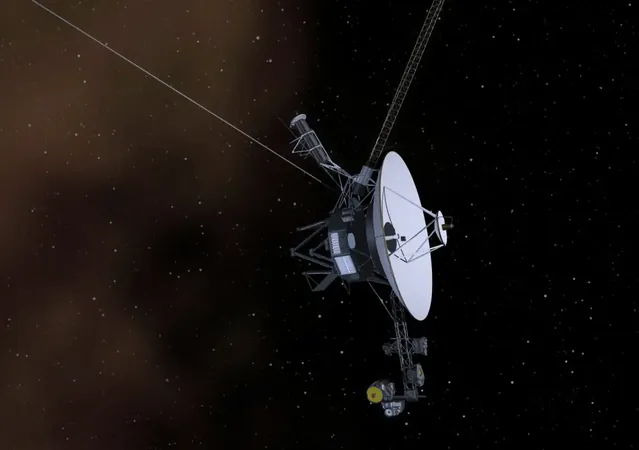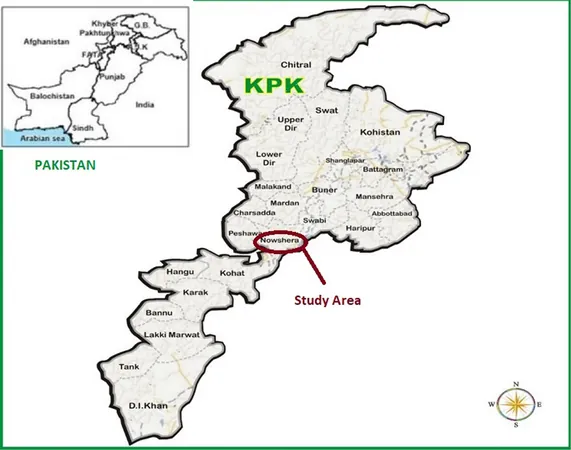
Voyager 1 Shocks Scientists by Reactivating 42-Year-Old Radio Transmitter! Could This Unleash New Discoveries?
2024-11-26
Author: Daniel
Communication Conundrum in the Cosmos
On October 16, NASA sent a command to Voyager 1 to activate one of its onboard heaters. However, the spacecraft, located nearly 25 billion kilometers (15.3 billion miles) away, did not respond as planned. With the vast distance causing a communication delay of approximately 46 hours, the team became concerned. On October 18, the lack of a response prompted NASA's Deep Space Network to initiate a search for signals from the iconic probe.
In an unexpected turn of events, Voyager 1 switched to its seldom-used S-band transmitter, a backup communication system! This transition seems to have been prompted by the probe's fault protection features, designed to conserve energy by shutting down non-essential systems when a major instrument consumes excessive power.
Engineers successfully reestablished communication via the S-band transmitter on October 22, but the primary X-band transmitter remains offline as troubleshooting efforts continue. This incident highlights the resilience and adaptability of Voyagers' systems, even as they age in the harsh environment of interstellar space.
Tackling Aging Technology
The S-band transmitter, which has been in hibernation since Reagan was president, serves as a crucial backup in the aging technology of Voyager 1. The successful reconnection underscores the spacecraft's robust design, permitting diagnostic capabilities even from extreme distances.
However, the challenges are mounting: Voyager 1 has encountered several technical difficulties in recent years. Last year, the probe transmitted distorted telemetry data for months due to a glitch, while a memory chip malfunction caused communication disruptions from late 2023 to mid-2024.
Racing Against Cosmic Time
Launched in 1977, Voyager 1, along with its twin Voyager 2, has collaborated in relaying invaluable data from the region beyond the Sun's influence. However, the clock is ticking—scientific operations are predicted to cease around 2025 due to diminishing power. By 2036, Voyager 1 is expected to drift beyond reach of Earth's communication systems.
A Forever Legacy among the Stars
Though the Voyagers are slowly nearing their twilight years, their journey stands as a monumental achievement of human innovation. In about 40,000 years, they are expected to pass within two light-years of neighboring stars, bearing the Golden Records—time capsules of humanity. These records contain sounds, images, and symbols encapsulating human culture, potentially serving as an eternal message from Earth to the cosmos.
Will this revitalized transmitter allow Voyager 1 to send even more groundbreaking data back to Earth? Only time will tell, but one thing is certain: the legacy of Voyager 1 is destined to shine brightly among the stars long after it has journeyed into the depths of the universe!






 Brasil (PT)
Brasil (PT)
 Canada (EN)
Canada (EN)
 Chile (ES)
Chile (ES)
 España (ES)
España (ES)
 France (FR)
France (FR)
 Hong Kong (EN)
Hong Kong (EN)
 Italia (IT)
Italia (IT)
 日本 (JA)
日本 (JA)
 Magyarország (HU)
Magyarország (HU)
 Norge (NO)
Norge (NO)
 Polska (PL)
Polska (PL)
 Schweiz (DE)
Schweiz (DE)
 Singapore (EN)
Singapore (EN)
 Sverige (SV)
Sverige (SV)
 Suomi (FI)
Suomi (FI)
 Türkiye (TR)
Türkiye (TR)